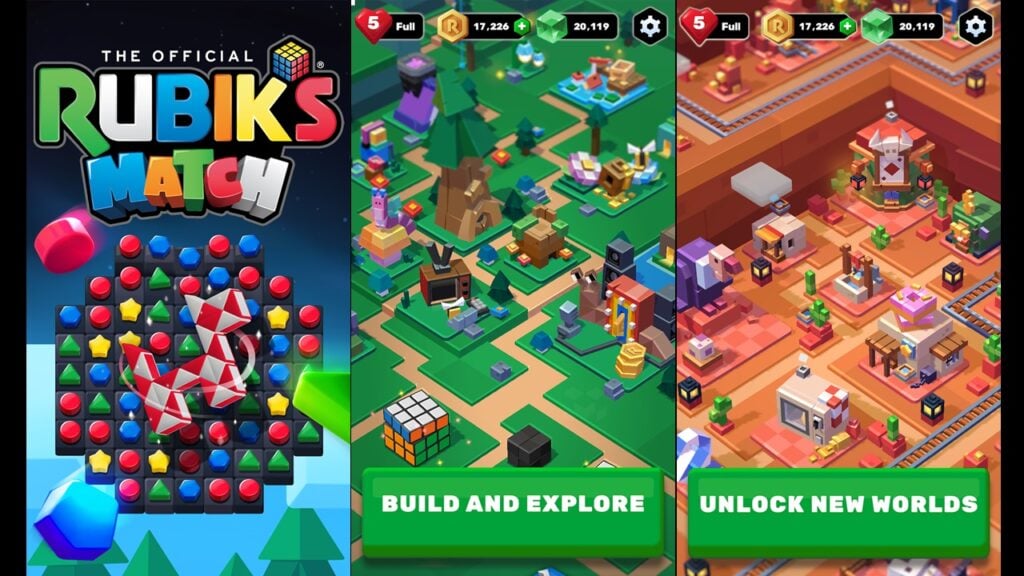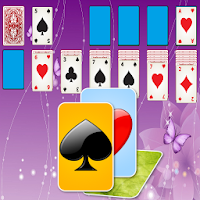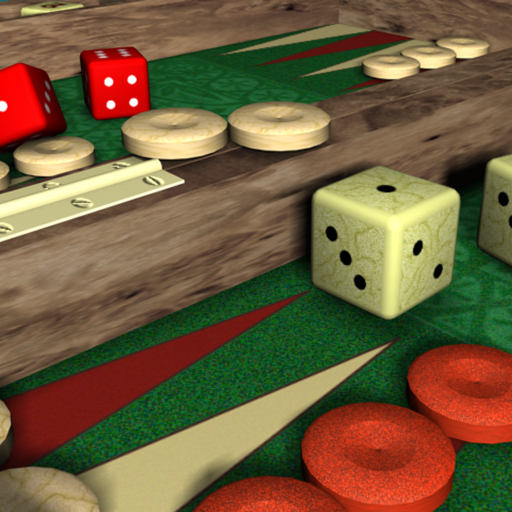Kirby Claps Back: Ex-Nintendo Staff Spill the Tea on "Angry Kirby"
Exploring the Evolution of Kirby's Image: From "Angry Kirby" to Global Consistency
This article delves into the fascinating story behind Kirby's differing appearances in Western and Japanese markets, shedding light on Nintendo's localization strategies and their evolution over time. Former Nintendo employees offer insights into the decisions behind the iconic pink puffball's image transformation.
The "Angry Kirby" Phenomenon: Appealing to a Broader Audience
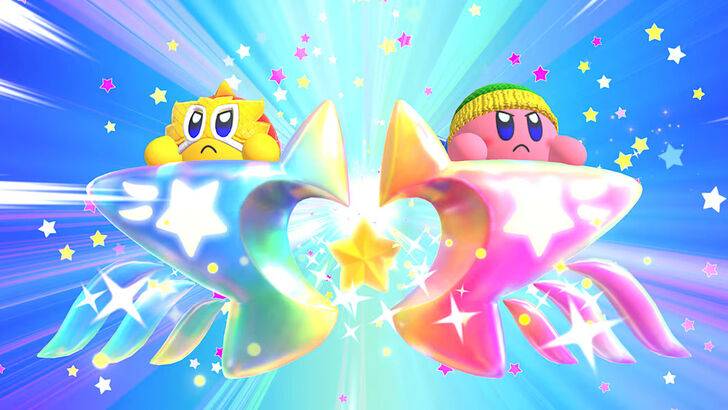
Early Western marketing portrayed Kirby with a tougher, more determined look – a stark contrast to his typically cute Japanese portrayal. Leslie Swan, former Nintendo Localization Director, explains that while cute characters resonate universally in Japan, a more "tough" image was believed to attract a wider audience, particularly teenage boys, in the West. Shinya Kumazaki, director of Kirby: Triple Deluxe, corroborates this, noting the differing appeal of cute versus strong Kirby across regions, though acknowledging the enduring popularity of his cuteness in Japan.
Marketing Kirby as "Super Tuff Pink Puff"
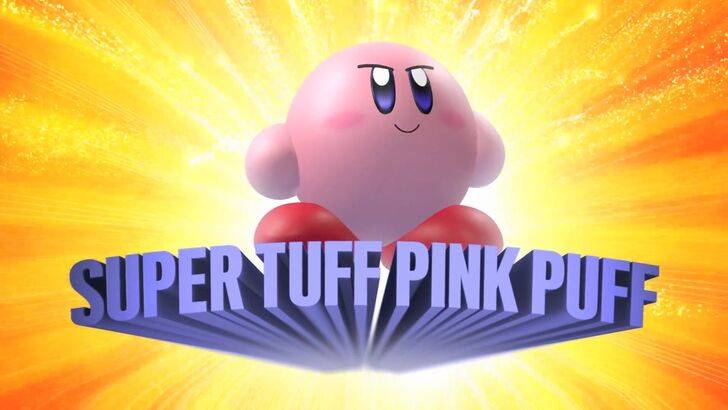
Nintendo's marketing strategy aimed to broaden Kirby's appeal, particularly among boys, leading to campaigns like the "Super Tuff Pink Puff" branding for Kirby Super Star Ultra. Krysta Yang, former Nintendo of America Public Relations Manager, highlights Nintendo's desire to shed its "kiddie" image and embrace a more mature appeal within the gaming industry. This conscious effort to emphasize Kirby's combat abilities aimed to attract a more mature audience and avoid the perceived limitations of being solely a "kids' game." While recent marketing has focused more on gameplay and abilities, Kirby's inherent cuteness remains a significant draw, particularly in Japan.
Nintendo's US Localization Choices: A Historical Perspective
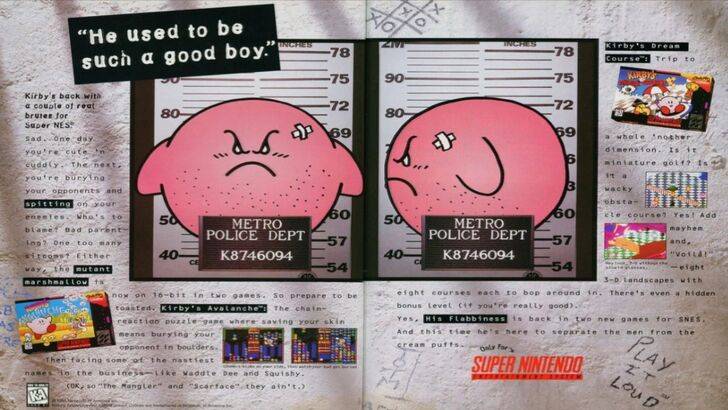
The differences in localization extend beyond facial expressions. The original Kirby's Dream Land for Game Boy featured a desaturated Kirby in the US version, due to the system's monochrome display. This, combined with the perceived need to appeal to a broader audience, led to alterations in Kirby's facial expressions in subsequent US box art, often depicting a more serious or determined look. This strategy, however, was eventually reevaluated.
A Shift Towards Global Consistency
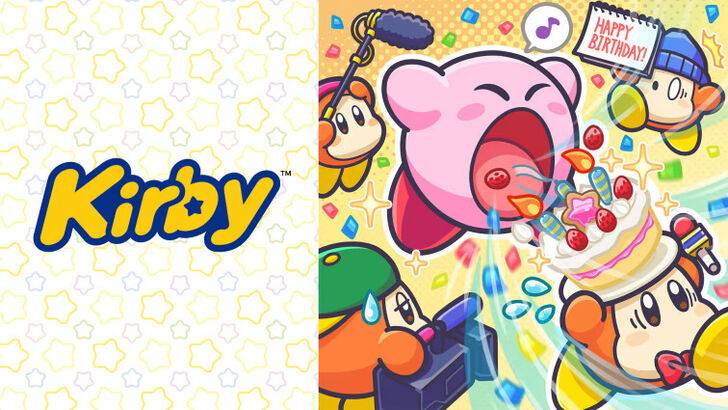
Both Swan and Yang agree that Nintendo has adopted a more globalized approach in recent years. Closer collaboration between Nintendo of America and its Japanese counterpart has led to more consistent marketing and localization efforts, minimizing regional variations in character portrayal. While this fosters brand consistency, it also risks overlooking regional preferences, potentially resulting in more generic marketing campaigns. The evolving understanding of Japanese culture in the West also plays a role in this shift, as Western audiences are increasingly familiar with Japanese pop culture, reducing the need for extensive localization adjustments. The “Angry Kirby” era serves as a valuable case study in the complexities of global marketing and localization within the video game industry.
-
1
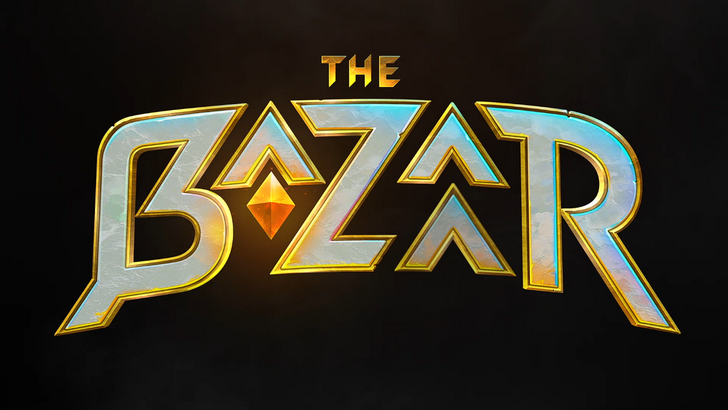
Announcing the Bazaar Release: Date and Time Unveiled
Feb 02,2025
-
2

Marvel Rivals Update: News and Features
Feb 19,2025
-
3

GTA 6 Release: Fall 2025 Confirmed
Feb 23,2025
-
4

Vampire Survivors – Arcana Card System Guide and Tips
Feb 26,2025
-
5

Novel Rogue Decks Android Debut
Feb 25,2025
-
6
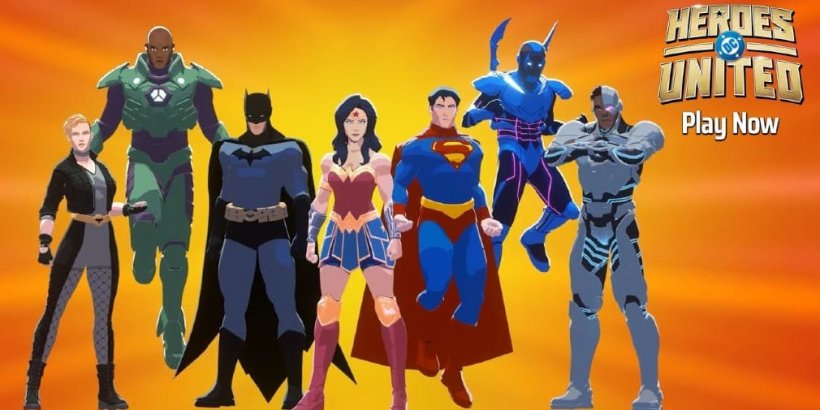
DC Heroes Unite: New Series from Silent Hill: Ascension Creators
Dec 18,2024
-
7

Get Exclusive Roblox DOORS Codes for January 2025
Feb 10,2025
-
8

Marvel Rivals Unveils Season 1 Release Date
Feb 02,2025
-
9

WWE 2K25: Long-Awaited Return
Feb 23,2025
-
10

Anime Fate Echoes: Get the Latest Roblox Codes for January 2025
Jan 20,2025
-
Download

Street Rooster Fight Kung Fu
Action / 65.4 MB
Update: Feb 14,2025
-
Download
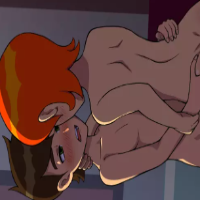
Ben 10 A day with Gwen
Casual / 47.41M
Update: Dec 24,2024
-
Download

A Simple Life with My Unobtrusive Sister
Casual / 392.30M
Update: Dec 10,2024
-
4
Mega Jackpot
-
5
Day by Day
-
6
The Lewd Knight
-
7
Translate - Voice Translator
-
8
VPN Qatar - Get Qatar IP
-
9
Chewy - Where Pet Lovers Shop
-
10
Kame Paradise

